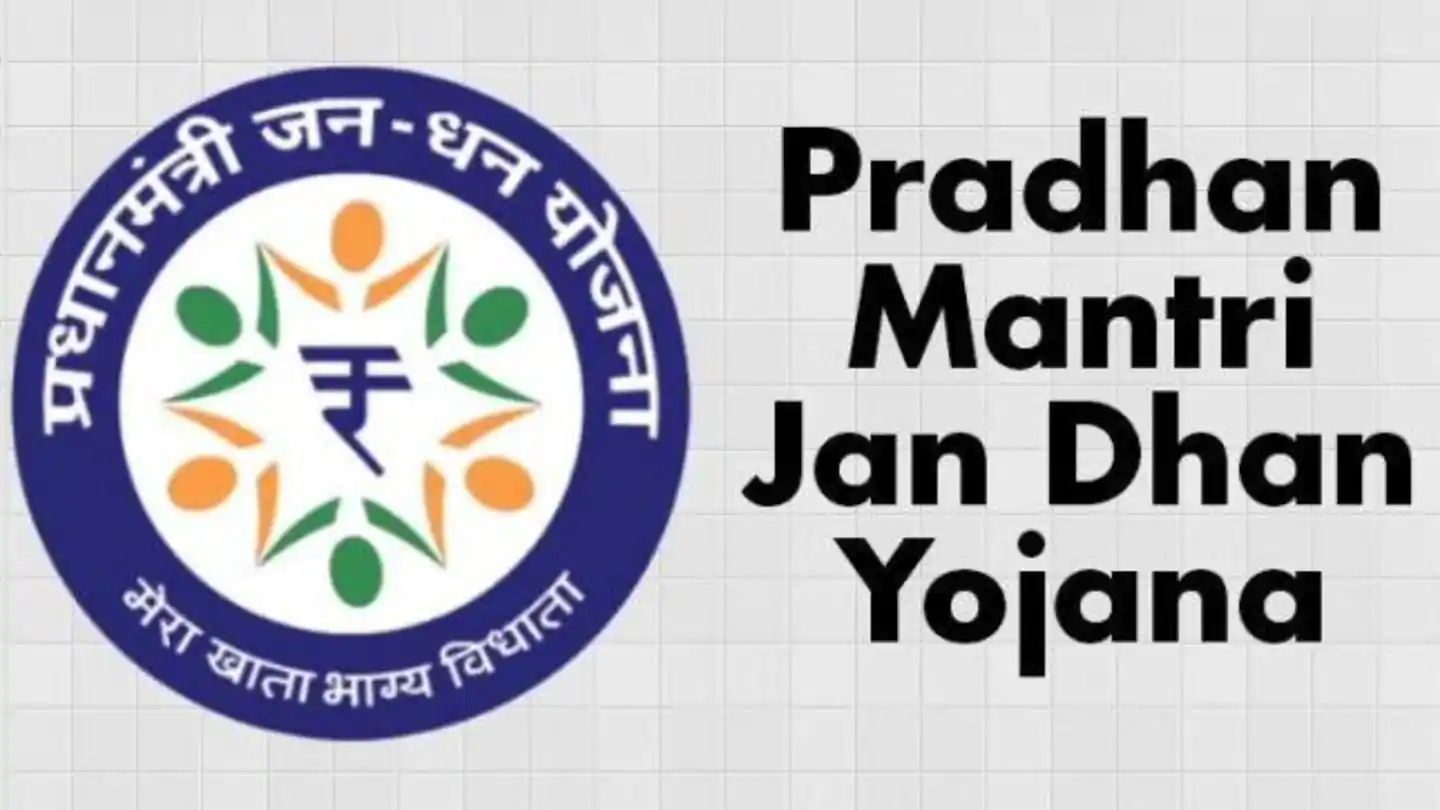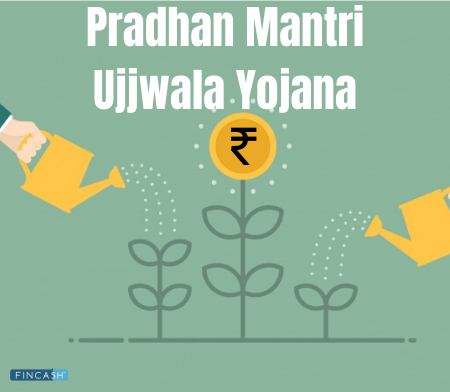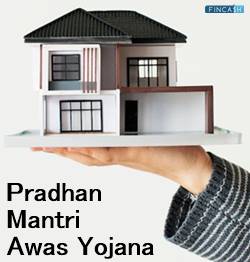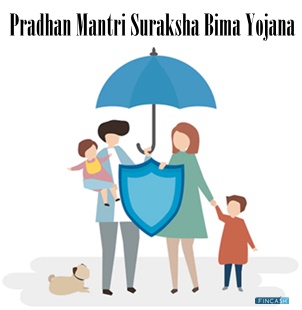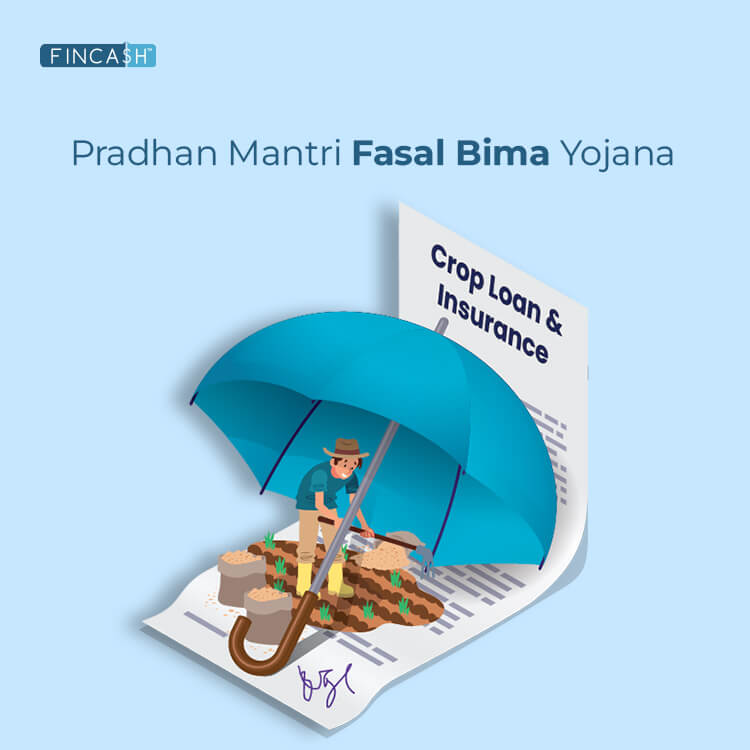
Table of Contents
Ayushman Bharat Abhiyan — Pradhan Mantri Jan Arogya Yojana (PMJAY)
Ayushman Bharat Abhiyan is an initiative by the government of India. It was launched on 23rd September 2018 by Prime Minister Narendra Modi. The programme was launched with a purpose to deal with health issues at all levels in India. It is a well-integrated approach toward the primary, secondary and tertiary healthcare needs in the country. With the increasing population of an average growth rate of 7.2%, healthcare becomes a need.
The programme brought in two new schemes called the 'Pradhan Mantri Jan Arogya Yojana (PM-JAY)' and the 'Health and Wellness Centres (HWCs)'.
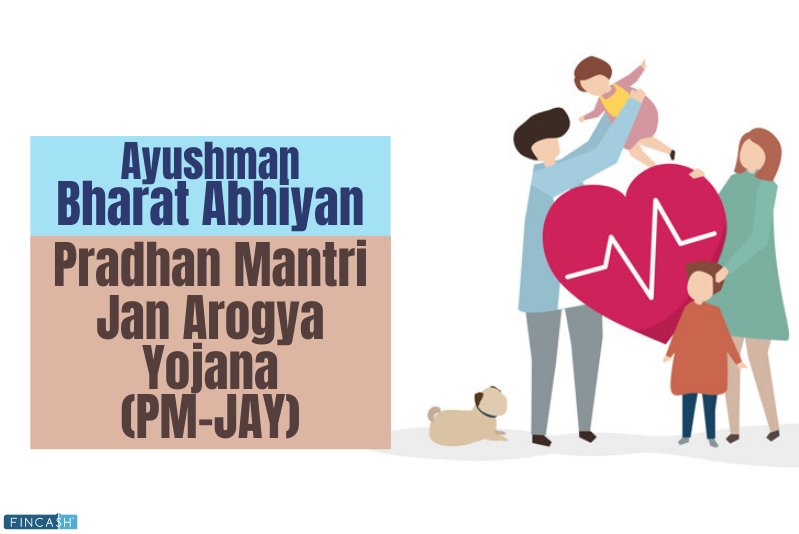
According to a report, Ayushman Bharat is the largest government-funded healthcare programme in the world. It has aimed to cover 50 crore beneficiaries. A report also stated that, as of September 2019, around 18,059 hospitals were empanelled and 4,406,461 lakh beneficiaries have been admitted. The programme was launched with a motive to reach out to 86% of the rural households and 82% urban households who are unable to access health insurance. Many are into debts because of opting for health services. A report also stated that over 19% urban households and 24% of rural households meet healthcare needs through borrowings.
Government Expenditure on PMJAY
According to a report, the government spends 1.5% of the country’s GDP on healthcare. In 2018, the government-sanctioned Rs. 2000 crores budget for PMJAY. In 2019, the budget sanctioned was Rs. 6400 crores.
Both the central and state governments will be providing for the scheme in the 60:40 ratio. For the north-eastern states of India, the contribution scheme is 90:10 ratio.
Benefits of PMJAY
The benefits of the scheme are mentioned below:
1. Healthcare Cover worth Rs. 5 lakhs
Yes, you read that right. The scheme comes with a provision for a health cover of Rs. 5 lakhs for families below poverty line (BPL). The coverage includes 3 days of pre-hospitalisation, 15 days post-hospitalisation expenses.
2. SECC Database Families Coverage
The scheme also says that the beneficiaries covered in the scheme will be picked up from the Socio-Economic Caste Census of 2011 (SECC). The 10 core beneficiaries compromise 8 crore families from the rural areas and 2 crore families from the urban areas.
3. Cashless and Paperless Registration
The beneficiaries will not have the burden of out-of-pocket expenses and PMJAY aims to make the entire process cashless. The beneficiaries can get treatment under this scheme anywhere in India.
4. Care
The scheme also provides secondary and tertiary care like treatment from cardiologists and urologists. Advanced medical treatment for cancer, cardiac surgery, etc is also covered under the scheme.
Talk to our investment specialist
5. Pre-Existing Illness Coverage
The scheme secures all those who have illnesses from before availing the scheme. Public hospitals have been instructed that the need for medical care for such people cannot be neglected under any circumstance.
6. Reduced Out-of-Pocket Expenses
Government hospitals are instructed to not charge extra from patients availing this scheme. This is to ensure the delivery of services on time without any corruption.
7. Private Sector Working with Government
The scheme aims at helping a large population. The private sectors are encouraged in helping the government meet the needs with the production of affordable healthcare equipment and medicines.
8. Extensive Health Cover
The government has created packages under the PMHAY for day care treatment, surgery, hospitalisation, cost of diagnosis and medicines.
9. Employment Generation
According to a report, PMJAY has brought in more jobs. In 2018, it generated more than 50,000 jobs and this is expected to grow as the government is planning to build up to 1.5 lakhs HWCs by 2022.
10. IT Framework
The scheme is strengthened by a strong IT framework including fraud detection, prevention control system for preventing fraud. IT is also in support of the identification of the beneficiary, maintaining treatment records, processes claims, addressing grievances, etc.
Eligibility for PMJAY
Eligibility criteria for PMJAY depend on the Socio-Economic Caste Census (SECC). It is mentioned below:
1. Age Group
Families from this list with members between the age of 16 and 59 can avail the scheme Household with females heads between the age of 16 and 59 can avail the scheme.
2. Household
The Scheduled Caste and Scheduled Tribe can avail the scheme. Households with major Income from manual casual labour.
3. Rural Families
The eligible beneficiaries from rural areas must belong to the following criteria:
- Destitutes
- Income from Alms
- Manual Scavenging
- omes with no shelter
- Primitive tribal groups
- Legally working in bonded labour
4. Urban Occupation
The people involved in following occupations are eligible:
- Street Vendor
- Ragpicker
- Domestic Worker
- Beggar
- Hawker
- Cobbler
- Plumber
- Mason
- Construction Worker
- Coolie
- Sweeper
- Sanitation Worker
- Mali
- Home-based worker
- Artisan
- Andcrafts worker
- Tailor
- Transport Worker like rickshaw puller
5. Limitation
There are certain people who could be excluded even if they fall in the above criteria Households with a motor vehicle, fishing boat, refrigerator, landline phone, an income of more than Rs. 10,000 per month, landowners cannot avail the scheme.
Coverage Under PMJAY
The scheme covers the following medical requirements:
- Intensive and non-intensive care services
- Medical consumables and medicines
- Medical examination
- Medical consultation
- Medical treatment
- Lab Investigations
- Diagnostic Investigations
- Complications from treatment
- Accommodation and food services in Hospital
- Defined transport allowance per hospital
Health and Wellness Centres (HWCs)
The HWCs also falls under the Ayushman Bharat Yojana. It is being executed by converting existing primary health care centres and sub-centres. Services offered are mentioned below:
- Pregnancy Care
- Child-birth
- Neonatal health care services
- Infant health care services
- Family planning
- Contraceptive services
- Reproductive health care services
- Management of common communicable diseases
- Screening of non-communicable diseases
- Control and management of non-communicable diseases
- Prevention of non-communicable diseases
- Ophthalmic and ENT problems
- Oral health care
- Elderly health care services
- Palliative health care services
- Emergency medical services
- Screening and basic management of mental health ailment
Conclusion
The initiative by the government is a good one since health care in India is one of the most essential necessities. The rural and urban poor can truly benefit from this service.
All efforts have been made to ensure the information provided here is accurate. However, no guarantees are made regarding correctness of data. Please verify with scheme information document before making any investment.
You Might Also Like
